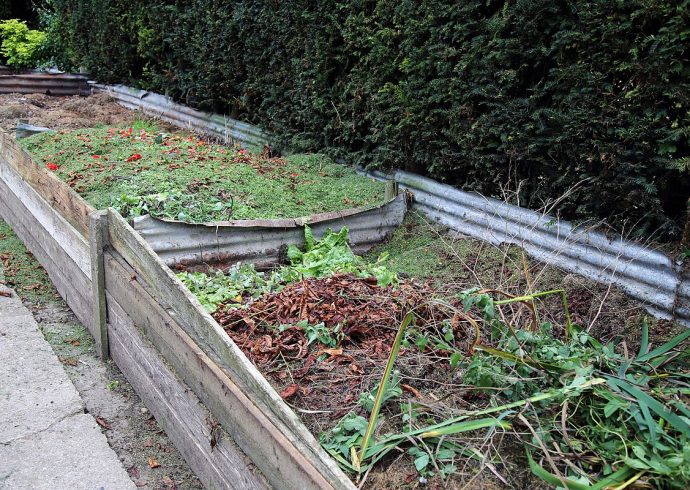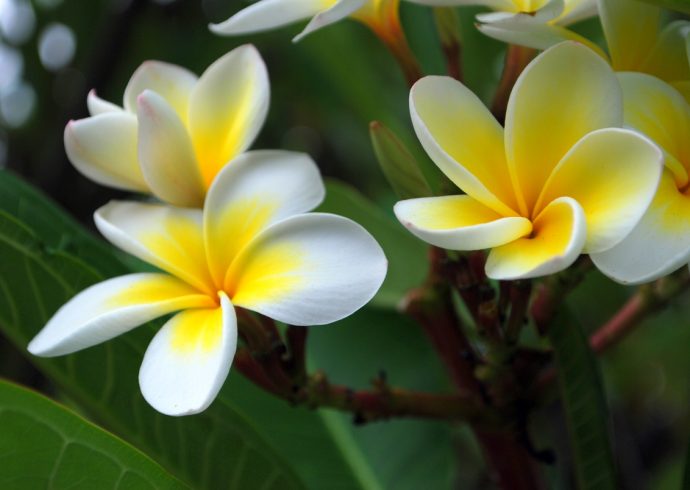
Growing a Sweet Pepperbush
The sweet pepperbush is a showy deciduous bush that grows spear shaped clusters of white flowers. The bush is native to wetlands areas where they thrive, especially in the southern states. The leaves of the bush are blue-green in color and look beautiful in any garden. The flower attracts both bees and butterflies with its fragrant flowers which blossom during the summer season. The flowers have a spicy scent, thus the name of the bush. There are several varieties of sweet pepper bush which grow well between zones 3 and 10 in North America. One variety, called Ruby Spice, has pink flowers instead of white. The flower spears usually grow between 3 to 6″ long on each stem. The bush itself grows between 5 to 7 feet high in size.
After buying the sweet pepperbush from the nursery, decide where you want to plant it. This bush does not require full sunlight and can be planted in the light shade if desired. It can also be planted near a natural water source if one exists in your yard. The bushes tend to grow thick which makes it perfect for wildlife to make their homes in, from birds to smaller mammals. Dig the hole in the spot where you want to plant the bush. You can add some mulch to the soil and mix it well before planting the bush in the soil. The bush prefers alkaline to acidic soil but can adapt to soils with a mild acidity. Cover the roots of the bush and water well. If you are planting more than one bush, allow for an six foot space in between each bush. Provided the bushes are planted during the spring season, the flowers will bloom for four to six weeks during the summertime.
The bush prefers moist soil so check on it during the summer months. Keep the bush watered during droughts. The sweet pepper bush is relatively pest free although spider mites may attack the bush and make their home in it. This can be a problem in locations that Use a pesticide that will eliminate the spider mites have an extended hot and dry season, like Arizona and New Mexico. During the fall season, the leaves turn deep yellow to sienna in color.
Image Credit: zen, CC 2.0, Wikimedia Commons.


